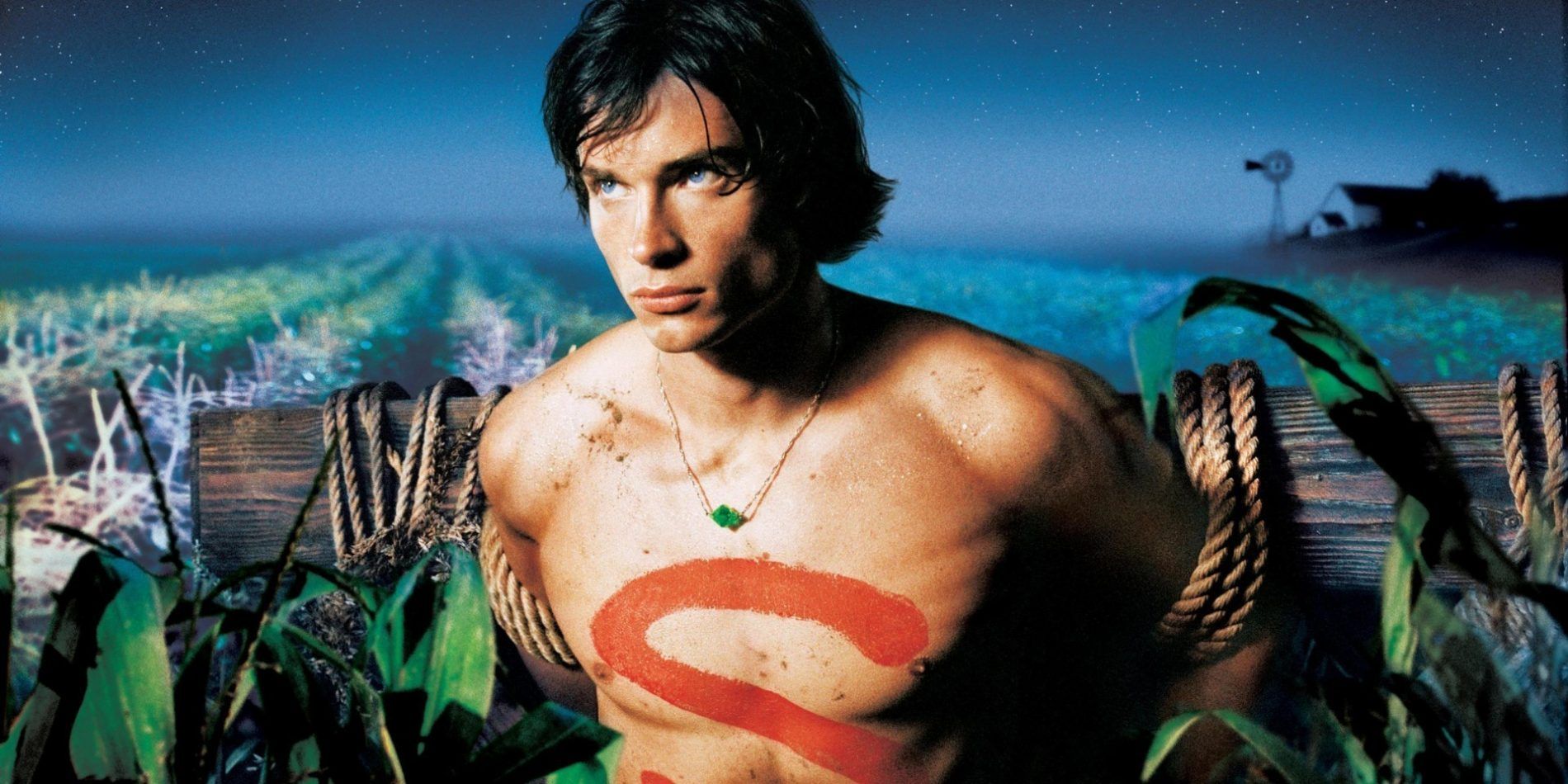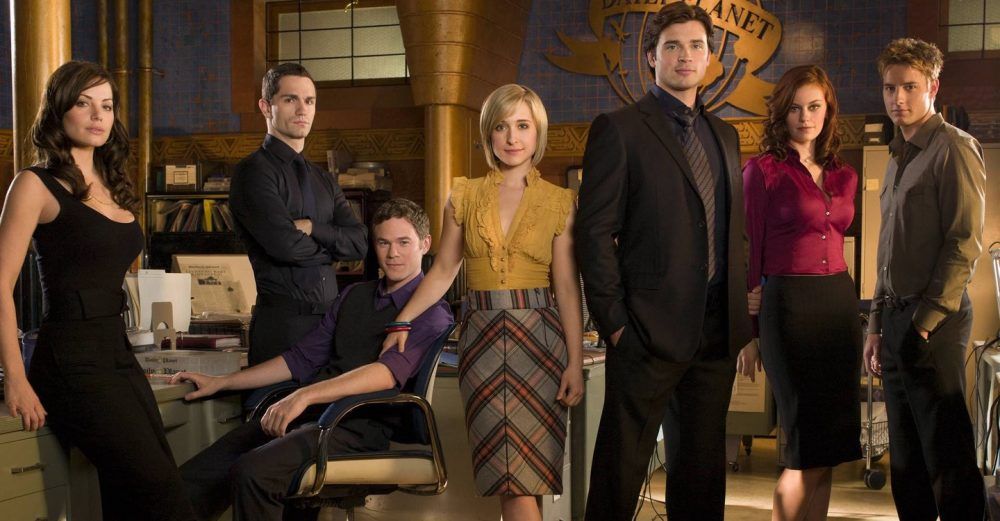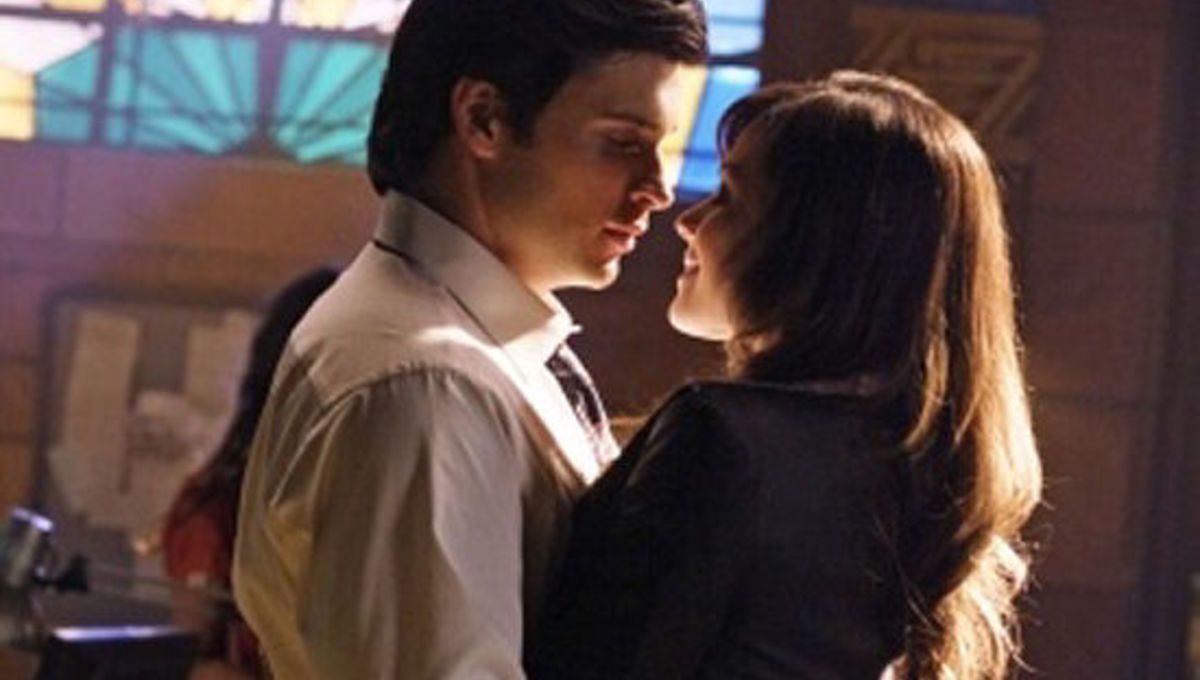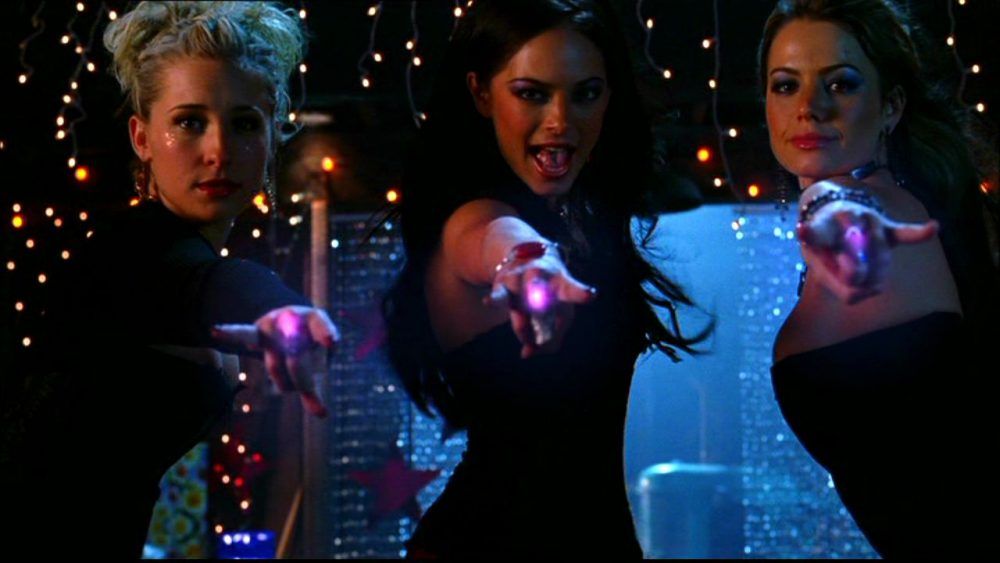Superman is the most recognizable American icon of the 20th Century. The character has appeared in every medium: film serials, radio dramas, animated shows, blockbuster movies, video games – and oh, yeah, comics. Like a mythical figure, Superman has been reimagined for various adaptations, such as 1993-1997’s Lois & Clark: The New Adventures of Superman, which is essentially a workplace romance-comedy with occasional supervillains.
In that tradition, a new CW series will show Superman and Lois Lane (ironically as a spin-off of Supergirl, which will be finishing soon) as a domestic couple returning to his home-town of Smallville. It’s a full circle for a network that in 2001 (back when the CW was the WB) created a prequel series detailing the journey of Clark Kent (Tom Welling) into the Man of Steel: Smallville.
RELATED: Every Time Superman Turned Evil Before Suicide Squad: Kill the Justice League
Smallville was a subtly ingenious idea because Superman has no real defined origin. Of course everybody knows about him being the sole survivor of Krypton. But the details of how he grows up, how he learns of his own origins, how he moves from Smallville to Metropolis, or why he even decides to become Superman are often left vague. Unlike Spider-Man or Batman, Superman has no concrete inciting incident that pushes him into being a superhero. He is simply born with his abilities. So by seeing his teenage years, Smallville provided insights into Clark Kent’s upbringing and maturity, his gradual change from secretive, sensitive Kansas farm-boy into the world’s most powerful superhero.
A running joke about Smallville was how it would tease out Clark’s iconography over its 10-season run while never committing to it. Indeed, especially the early seasons of Smallville are a bizarre mash-up of Superman and Dawson’s Creek that masks teen-drama with comic-book names. Its developers, Alfred Gough and Miles Millar, held an infamous “no tights, no flights” policy that refused to see Clark don his Superman costume, fly, or even be called Superman. It’s not even until Season 2 Episode 17, “Rosetta”, that Krypton is first mentioned by astrologer Dr Virgil Swann (a cameo from Christopher Reeve), and Clark learns he is its last son.
But part of what makes Smallville’s journey so satisfying, if time-consuming, is how these elements are steadily assembled until the series finale, when Clark finally takes on the tights and flights. Plus, Smallville’s drawn-out nature enables it to micro-focus on every aspect of Superman’s mythos. Want an episode entirely about Clark’s X-Ray vision? How about his Super-Hearing? Or Super-Breath? There are episodes all about the Kent’s adoption papers, Perry White (Michael McKean), Superman’s occasional supporting-character cop friend Dan Turpin (David Paetkau), and discovering the Fortress of Solitude.
Such piecemeal stories allow the vast lore accumulated around Superman to have dedicated showcases. This is also true for Superman’s identity, the overarching purpose of Smallville. Many roll their eyes at Clark being called “the Blur” (only one of the ways Smallville influenced early Arrow’s “the Hood” and Flash’s “the Streak”) after he moves to Metropolis and starts fighting crime, but still not officially being Superman yet. But Superman is a deceptively complex alter-ego, and Smallville stretches out the process of Clark choosing this mask-less identity. Most of early Smallville saw Clark terrified of his secret, saving people anonymously and only having his friends Pete Ross (Same Jones III) and Chloe Sullivan (Allison Mack) discover it by accident.
Additionally, the Kryptonite meteor shower is the same one that brought his spaceship to Kansas, making Clark feel inadvertently responsible for the havoc reaped upon Smallville. It’s through the support and guidance of his parents - alongside an It’s a Wonderful Life style episode, “Apocalypse”, that shows Clark if he never existed the meteor shower would remain and the world would be endangered – that Clark grows into taking a more active approach to super-heroics. It’s only after meeting Oliver Queen/Green Arrow (Justin Hartley) that Clark began considering a costumed identity, before putting out Superman-crest symbols around Metropolis, but still avoiding photographs. One of the best moments of Smallville is in “Masquerade”, where Clark’s desires to be himself while crime-fighting while still having a double-life collide. He concludes that “Clark Kent will be the mask”, that the human identity he was raised with needs to be fashioned into a mild-mannered glasses-wearing persona, being defined by his actions instead of his name.
Admittedly most of this identity construction occurs near the end of Smallville. Most of the early seasons feature Clark hiding his powers while contending with intense love-triangles and drama in Smallville High, less concerned with being a world-savior than making it through puberty (that most of Smallville’s teenagers are obviously adult is part of it’s charm). But Superman is not above such soap-y teen angst, and Smallville mines rich material from relationships between Clark, Lana Lang (Kristin Kreuk) and Lex Luthor (Michael Rosenbaum), who in this continuity is Clark’s best friend.
Now look, nobody can claim that Smallville was perfect. The teen-angst angle definitely became overwrought, including plenty of very young marriages. Early seasons were especially ashamed of their comic-book source material, resulting in tons of generic monster-of-the-weak “meteor freaks” that diluted what makes Superman unique. Even when Smallville introduced classic supervillains, they were often filtered through Smallville’s TV-budget non-comic book vision, like rendering 5th-dimensional imp Mr. Mxyzptlk into a hypnotic Eastern-European teen in “Jinx”.
Plus, many Smallville episodes are plain cringey, ridiculous and dumb. Ten seasons means plenty of run-time to fill, including throwaway episodes around super-powered weight-loss in “Cravings” (starring a young Amy Adams), a cyberspace Matrix homage in “Collateral”, or Lana joining a vampire sorority in “Thirst”. Then again, some of the sillier episodes give Smallville its charm. “Spell”, wherein Lois, Lana and Chloe are possessed by sexy 17th-century witches, is utterly trashy, but leans into the fun antics that come with such moral-reversals. The same is true for any Red Kryptonite episode, which strips Clark of his inhibitions and les him act as a rebellious bad boy. Stupid, sure, but also fun.
The current CW DC shows are more comfortable being superhero shows compared to Smallville, but it undeniably paved the way for them. Smallville’s team-up episode “Justice” is now slightly embarrassing as a hoodie-clad version of the Justice League (especially compared to the ambitious cosmic Crisis on Infinite Earths crossover), but Smallville gradually built up towards its expanded universe, introducing allies like Supergirl (Laura Vandervoot), Hawkman (Michael Shanks), Martian Manhunter (Phil Morris) and Booster Gold (Eric Martsolf) during its tenure.
For better or worse, Smallville left a clear mark on the secret-identity drama that defined early seasons of Arrow, The Flash and Supergirl, while also holding a direct line between its meteor freaks and The Flash’s particle accelerator metahumans. Glen Winter was a major contributor to Smallville, and a leading director in the Arrowverse. Through the title alone, Riverdale certainly wouldn’t exist without it. Superhero TV now might be quite different to 2001, but despite its faults, Smallville showed how to deconstruct and reassemble the iconic nature of Superman, clearing the path for both Clark Kent and TV superheroes to grow up and realize their full potential.




